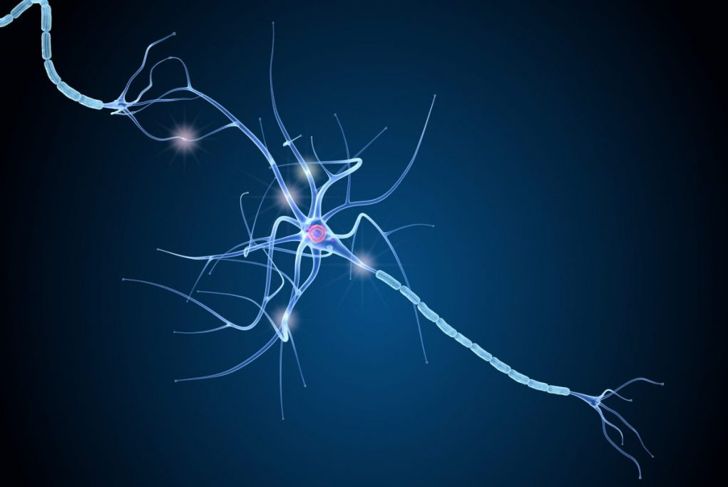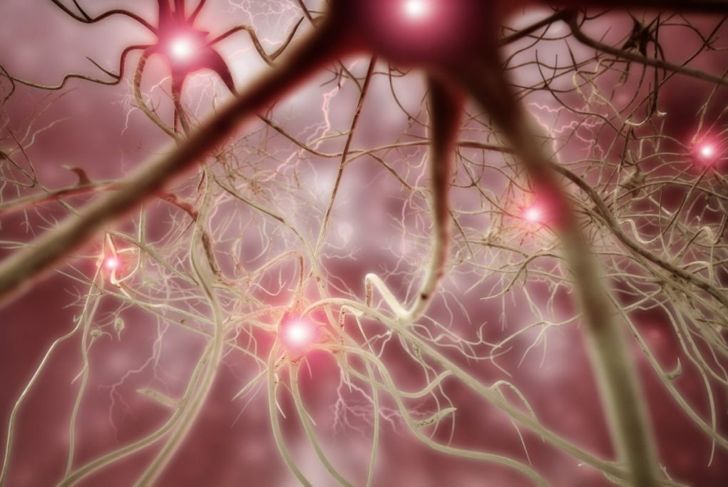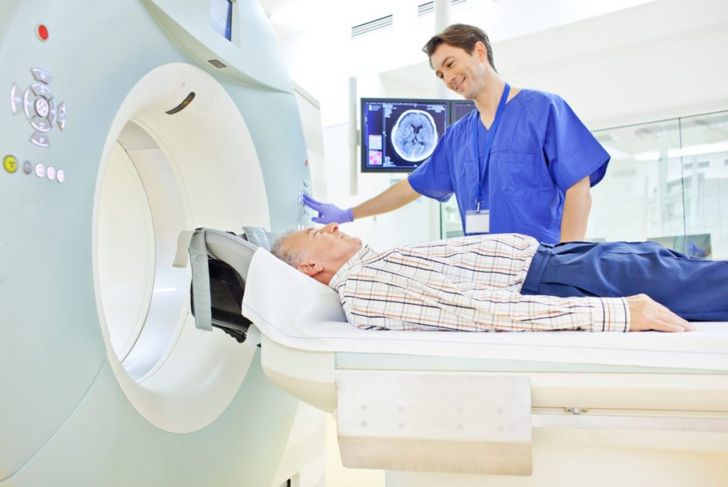Schwannomas are tumors that develop on a peripheral nerve. They can happen to anyone at any age, but people with genetic diseases are more likely to develop them. Schwannomas are benign but, on rare occasions, can develop into a malignancy. Symptoms greatly depend on the location of the growths. Because they usually grow slowly, it can take months or years for symptoms to develop, with some only discovered during tests for another purpose.
Definition
A schwannoma is a tumor that develops from Schwann cells in the peripheral nervous system. Schwann cells wrap around the peripheral nerves, providing support and protection. They also help conduct nerve impulses. Schwannomas are usually benign, but in rare cases may become cancerous. If a schwannoma is malignant, it may be referred to as a soft tissue sarcoma. People who are otherwise healthy may develop schwannomas, or genetic disorders can cause them.
Where Do Schwannomas Develop?
Schwannomas develop within the peripheral nervous system, which includes the cranial nerves and nerve roots, though their development in the brain or spinal cord is rare. One of the most common areas for a schwannoma is on the nerve that connects the inner ear to the brain; this is vestibular schwannoma. Rare, cancerous schwannomas typically develop in the brachial plexus nerve in the arm, the sciatic nerve in the legs, or the sacral plexus in the lower back.
Causes and Risk Factors
Most of the time, schwannomas develop spontaneously, though they may be associated with mutation genetic disorders that increase the risk of tumor growth. Schwannomas can develop at any age, though most occur when individuals are between 20 and 50. Gender and ethnic background do not affect the risk of schwannoma, but a parent with a genetic disorder can pass it on to their children, increasing their risk of developing one.
General Symptoms
Schwannomas can grow very slowly. Some people do not experience any symptoms at all, and for others, it can take months or years for them to appear. Common symptoms include muscle weakness, radiating pain, numbness, and tingling. Specific symptoms depend on the location of the schwannoma and whether or not it has grown large enough to put pressure on the nerve.
Location-Specific Symptoms
The location of the schwannoma determines some of its potential symptoms. A growth on the nerve connecting the ear to the brain can cause hearing loss, balance problems, dizziness, and ringing in the ears. On the facial nerve, symptoms include difficulty swallowing, facial pain, and paralysis. A schwannoma on the spinal nerve root can cause radiating pain in the arm or leg, muscle weakness, and numbness. A schwannoma can cause carpal tunnel syndrome if it develops on a wrist nerve or tarsal tunnel syndrome on an ankle nerve.
Diagnosis
Schwannomas are not always easy to diagnose at first because, depending on where they are located, symptoms can mimic other medical issues. Sometimes, the growths are discovered by chance as a result of testing for another purpose. Diagnostic tests include x-rays, ultrasounds, and CT scans for imaging, as well as MRIs to determine the precise location of the tumor.
Other Diagnostic Tests
When a doctor suspects a schwannoma, he or she may recommend more extensive testing. An electromyogram (EMG) evaluates the electrical activity in the muscles, and a nerve conduction study measures the speed that electrical signals pass through the nerves. If tests find what appears to be a tumor, the doctor may perform a biopsy on both the growth and the nerve to ensure the tests have not identified an enlarged nerve.
Conservative Treatment
Treatment depends on many factors. It the schwannoma is growing slowly and is not causing pain, a doctor may choose to monitor it to see how it develops over time. This typically includes an MRI or CT scan every few months to make sure the tumor is not growing too quickly. If it is, or if symptoms start to appear, the growth may require more aggressive treatment.
Surgery
If during observation, the schwannoma begins growing quickly or causing pain and other symptoms, or if the initial presentation warrants it, doctors will plan more aggressive treatment. A peripheral nerve specialist will typically perform this type of surgery. Removing the tumor usually results in symptoms resolving quickly, though schwannomas can return even after a successful procedure.
Malignancy
Schwannomas are typically benign, but in the case of a malignancy, treatment is more aggressive. Radiation therapy is often performed to shrink the tumor and relieve symptoms. This can be done on its own or in conjunction with surgery. If the tumor is near vital nerves or blood vessels, special techniques can deliver directed radiation with minimal damage to nearby healthy tissue.

 Home
Home Health
Health Diet & Nutrition
Diet & Nutrition Living Well
Living Well More
More




















